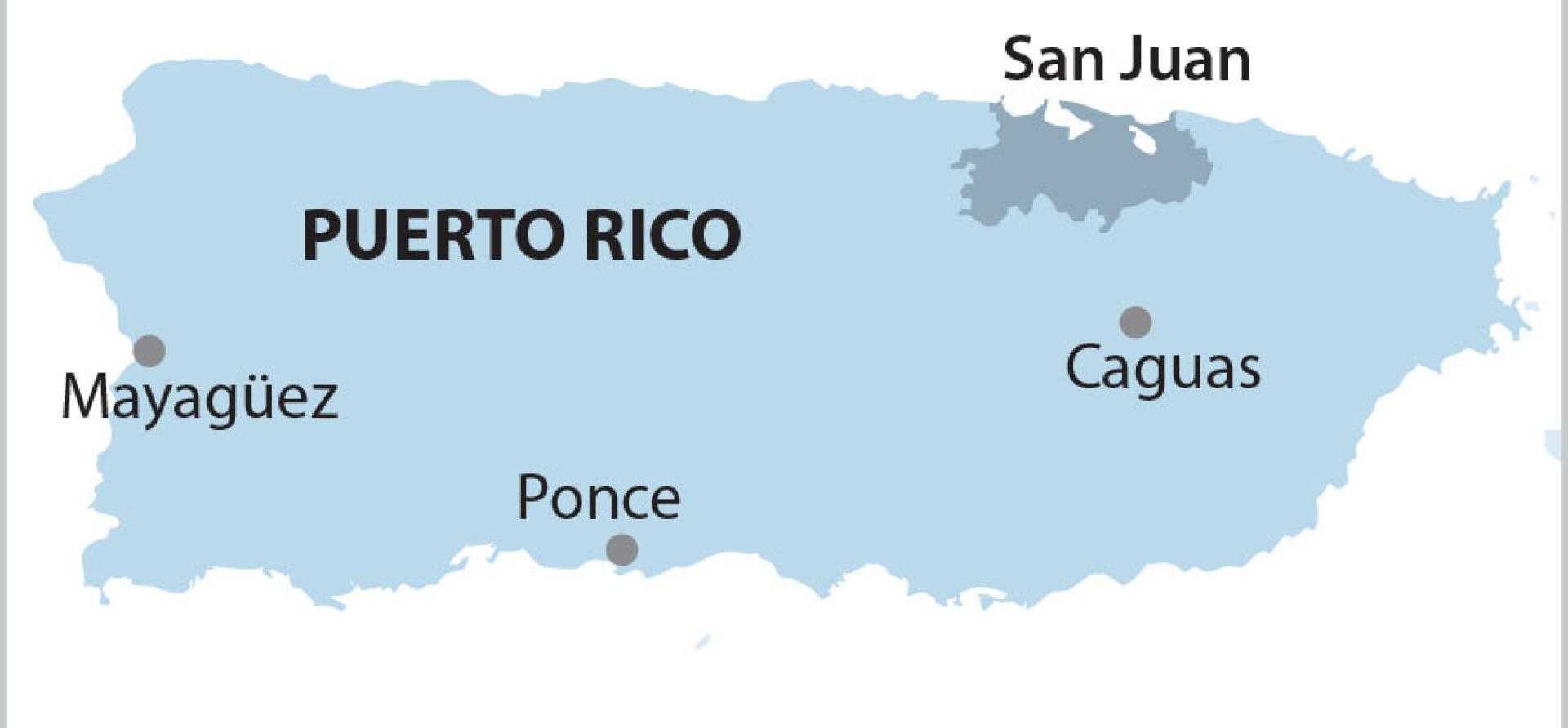IEEFA Puerto Rico: PREPA privatization will not create competitive market, will lead to more dysfunction

 (IEEFA U.S.) – Creating a competitive free market for electricity in Puerto Rico was a recurring theme of the U.S. House Natural Resources Committee hearing held April 9th on the rebuilding and privatization of the Puerto Rico Electric Power Authority (PREPA). But the discussion of what a competitive electricity market would look like remained vague, along with details of any benefits this would bring to the island’s electricity customers.
(IEEFA U.S.) – Creating a competitive free market for electricity in Puerto Rico was a recurring theme of the U.S. House Natural Resources Committee hearing held April 9th on the rebuilding and privatization of the Puerto Rico Electric Power Authority (PREPA). But the discussion of what a competitive electricity market would look like remained vague, along with details of any benefits this would bring to the island’s electricity customers.
To position the privatization process underway as establishing a competitive market, as some have alleged, is completely misleading. The privatization contemplated by Puerto Rico’s Act 120-2018 will establish a set of long-term contracts for power generation and a single concession for the operation of PREPA’s transmission and distribution assets. Prices for power will be established by contract, not by a market. In such a situation, if PREPA were to remain an owner of generation (which is not contemplated by Act 120), oversight would be needed to ensure that the utility was not preferentially utilizing its own units at the expense of independent generators, but this kind of oversight would not require a market.
In the mainland U.S., the term “competitive electricity market” can refer to either/both: (1) wholesale electricity markets in which generators bid their generation into a market and lowest-cost plants are dispatched first; and/or (2) retail choice, in which electricity consumers choose between competing power suppliers who buy generation in a wholesale market.
Establishing an energy market at the wholesale and/or retail level in Puerto Rico would add an extra layer of administrative complexity and expense onto an already broken system while doing nothing to meet Puerto Rico’s energy policy goals nor bring down high electricity rates.
Regarding retail choice, as we said in a joint statement to the Puerto Rico Energy Bureau last month, “States’ experiences with retail suppliers of electricity to residential customers overwhelmingly demonstrate that many energy service companies engage in predatory pricing, misleading offers and inadequate protections, especially when marketing to low-income customers.” There is absolutely no evidence that implementing retail choice would bring down electricity rates in Puerto Rico.
The idea of implementing an energy market at the wholesale level also makes little sense for Puerto Rico (even setting aside the above-mentioned issue of the long-term privatization contracts). In the mainland U.S., wholesale electricity markets were established to take advantage of the economic efficiencies arising from integrating multiple utility generation systems into a single market. This allowed for economic dispatch of generating units across a broad geographic region, resulting in lower costs. However, this geographic advantage is not applicable to Puerto Rico, which would be more than 10 times smaller than even the smallest electricity market in the United States and which has no ability to integrate into a broader market.
Our statement to the Puerto Rico Energy Bureau explains in detail why we believe a wholesale energy market would not be necessary for improving the efficiency of Puerto Rico’s generation fleet nor for incentivizing new generation – and therefore, would not be an effective mechanism for lowering costs.
In Texas – proposed at the hearing as a potential model for Puerto Rico because of its competitive electricity market – prices are indeed much lower than in Puerto Rico. This stems in large part from the state’s power generation mix: Texas built new transmission lines specifically to bring to market low-cost wind from western and north Texas. It is hard to imagine a comparable phenomenon occurring in Puerto Rico.
Moreover, making it easier for electricity customers to self-generate their own power – a goal of Puerto Rico’s newly passed electricity policy – does not require the establishment of a wholesale electricity market. Indeed, wholesale energy markets in the United States evolved to manage dispatch of centralized power plants over large geographic regions – not to promote decentralized generation.
If Puerto Rico wants to look to the United States for guidance on how to meet its energy policy goals, the most well-suited example would not be Texas but rather Hawaii. Hawaii has neither a wholesale electricity market nor retail choice, but one in three homes generate their own power via rooftop solar. Puerto Rico could similarly transform its electrical system and move towards decentralized energy without the added expense and administrative burden of either a wholesale market or retail choice.
Cathy Kunkel ([email protected]) is an IEEFA energy analyst.
Tom Sanzillo ([email protected]) is IEEFA’s director of finance.
Related items
IEEFA Puerto Rico: Regulator rejects PREPA’s 20-year plan
IEEFA Puerto Rico: Bad gas deal hurts PREPA chances for a turnaround
















